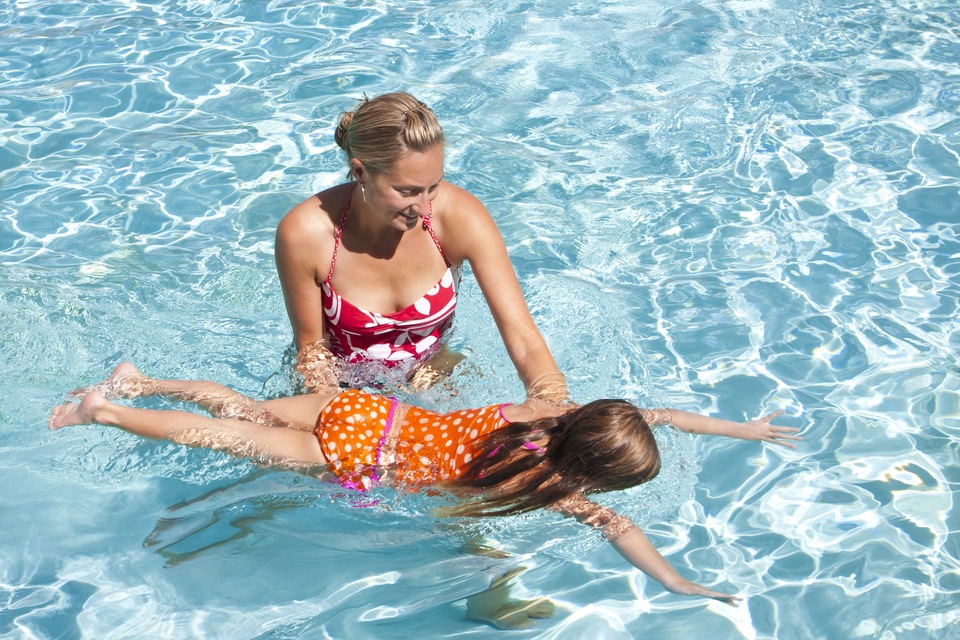Coming Up: The World's Largest Swimming Lesson
Are you wondering when is the perfect time to start your child in swim lessons? We’ve got one idea—June 18th! This is the day of The World's Largest Swimming Lesson, a worldwide event geared at teaching thousands of families vital swim safety lessons… at the same time.
WLSL has been held every year since 2010, and the event organizers hope this year is the most record-breaking yet! While event participation in the hundreds of thousands is quite an impressive feat, it’s not just Guinness World Record acclaim WLSL is after. Educating such a high number of families hopefully means that, in the near future, we can decrease—and eventually wipe out—drowning accidents altogether. That’s definitely something to smile about!
In anticipation of WLSL, we’ve put together our own short list of a few fundamental swim safety tips. Share these tips with your family and others you know who may benefit from them; we all know swim safety is important, but it takes an active effort to pass the life-saving information around!
- Kids should never swim alone… even if you’re keeping an eye on your child in the pool, looking away for a minute can lead to an accident. Being in the pool while your child is can be a much safer experience—especially for young children who are just learning to swim and may need a helping hand.
- Don’t rely on “water wings.” Parents have often used this type of inflatable on their very young—infant age—children’s arms. Too often, we see them being used with older kids in place of actually swimming. This can breed a false sense of security and independence, and may make young kids think they’re okay on the water when, in reality, their skills aren’t quite up to par.
- No eating, drinking, chewing or swallowing. Your kids may take this tip lightly, but avoiding any unnecessary swallowing in the pool—especially of the water itself—can lead to choking.
- Avoid running on the slippery pool deck. While kids love to run outdoors, remind them that the surface around the pool is wet and slippery, and may cause them to slip and fall.
- Jump—don’t dive. According to the American Red Cross, you should only dive in water that has a minimum of nine feet in depth. Not to mention, diving safely actually takes a bit of practice when it comes to proper form!
- Make it hard to get into the pool. While you may not care for the elaborate security systems some houses have installed for the pool, they really are for the best when it comes to protecting young kids. Use window and door locks paired with alarms and an around-the-pool fence that makes it hard—if not impossible—for kids to wander into the pool unattended. No security solution is as good as a watchful eye, however; if you have a backyard pool, it’s especially important that you know your child’s whereabouts, and take extra care to ensure that all passages to the pool are closed and locked.
These are just a few of the things you should know during the learning process—you can learn more about proper form for young swimmers and other skill-related questions from a certified instructor. If you plan on attending WLSL this year, visit the website at www.worldslargestswimminglesson.org to find a participating location next to you. Break a record and stay safe at the same time!

Bookmark & Share
Most Popular Articles
- The 5 Biggest Benefits of an Early Morning Swim
- The Bathing Suit: A History
- 5 Ways to Get a Lazy River in Your Backyard Pool
- Four Things to Consider Before Purchasing a Pool
- Take the Guesswork Out of Pool Maintenance with These Tips
- Add a Pool Garden for Instant Peace and Comfort
- 5 Pool Accessory Ideas for Summertime Fun
- 4 Questions to Ask Before Choosing Your New Pool


